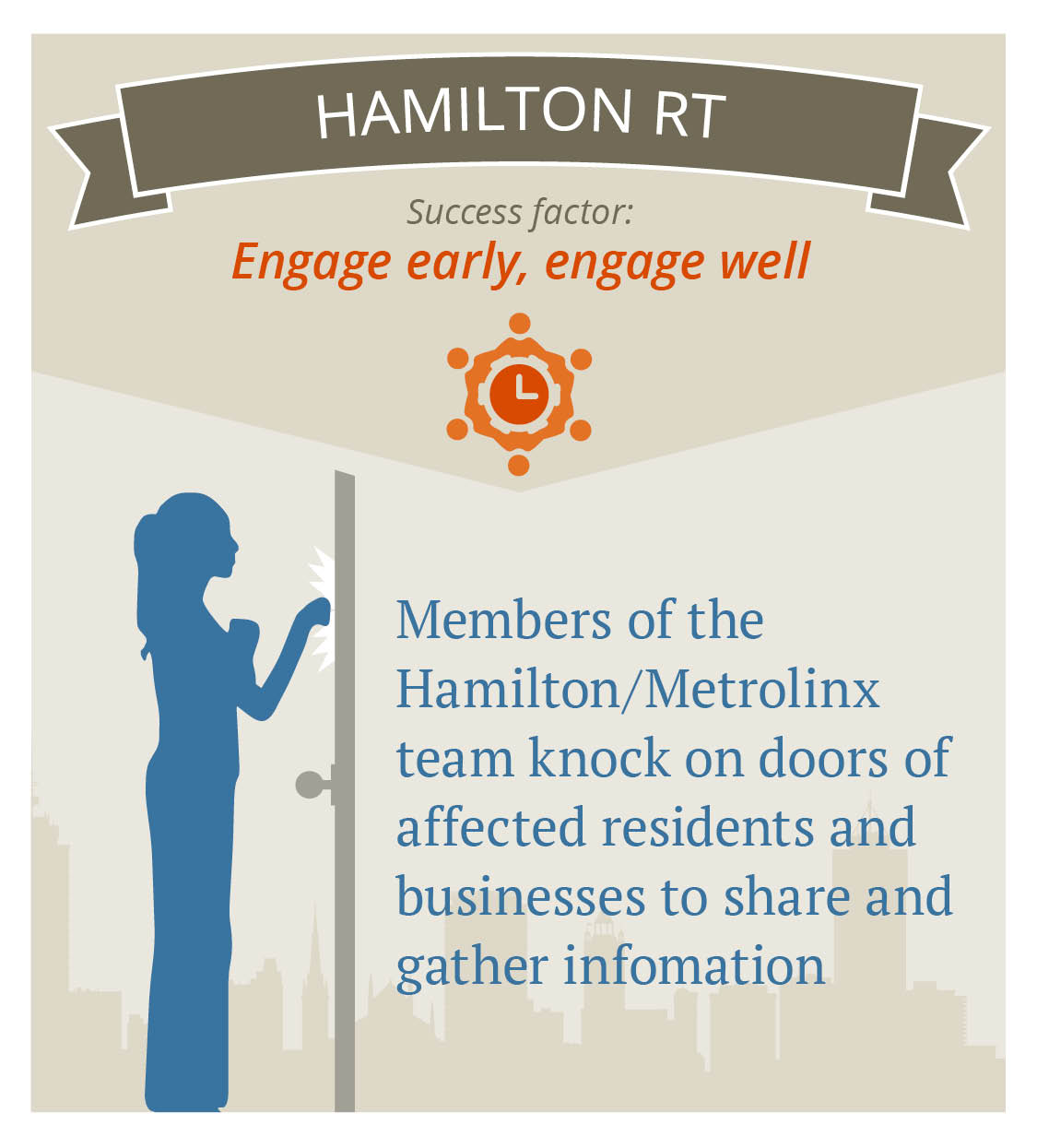Globalization & the Economic Geography of the GGH Story Map
Story by Rachel Kuijer-
Globalization & the Economic Geography of the GGH Story Map What Is? What are the relevant indicators of economic change & development in the GGH? The relevant indicators of economic change and development in the GGH are: -The GGH is responsible for 25% of Canada’s GDP -Because of some of the area’s fertile soil, climate, and vegetation the GGH is home to the most significant and well known farmland in Canada -The security and preservation of agricultural is increasing (because of its finite number) -Downtown Toronto represents majority of the GGH's employment sector according to a census from 2011 Where? Where have changes in the patterns of economic development and urbanization occurred in the GGH? -Some locations/UCG’s (Urban Growth centres) have had little to no growth/ development form 2006-2016 for example: SKIDs (Suburban Knowledge Intensive Districts) such as Sheridan, Waterloo, and Markham -Other locations include: -The intersection of Highway 400/407 east to Keele Street -Downtown Toronto - Financial District (Front Street, Yonge Street, University Avenue, Queen Street) -Pearson International Airport in Mississauga (Highway 409 and Highway 427 Intersection) Why There? How have globalization and associated economic forces affected the economic geography of the GGH? -Globalization essentially means that manufacturers can sell goods to consumers for lower prices -Concentrations of certain demographics have been forming such as demographics with a certain socio-economic status, as well as resources, housing, and activities that go along with a certain wealth. -The economic development within the GGH has changed the way we look at the economic landscape in Canada, because the different employment sectors (primary, secondary, and quaternary) require a different skill set, and form of education, but lately its very common thinking to that people must have graduate from university in order to obtain a sustainable career because of the direction of the economy. Why There? How have the changing patterns of urbanization in Toronto been influenced by changes in economic development in the GGH? -A few patterns that have changed is housing in Toronto because, more and more communities, have been gentrified, which has significantly increased housing prices, as well as cost of living in general. This in turn has pushed out the less wealthy demographic of Toronto(and is continuing to do so). This is good for the economy though, because it’s able to profit more from housing alone. -A census shows that from 1971-2006 public services eg. Education, health, and finance had significantly more employment than other employment sectors including “blue-collar jobs” (321 500% change in growth). -Alot of Primary jobs have minimal to zero growth Why Care? How have economic development and globalization impacted on the GGH from a social, environmental, economic, and political perspective? -Its has impacted the GGH socially because of the concentration of people with different socio-economic statuses throughout the city of Toronto. This has caused the city to become more divided because different resources and activities are given to these different communities which has caused unfairness and polarization of communities rather than togetherness. -because of the increase of population in the GGH it's caused a higher demand for housing, so more and more space is being taken up with, condo developments, businesses, as well as the fact that it also requires more resources, but agriculture within the GGH is already quite finite. -Politically the economic development within the GGH has impacted how the government will improve transportation by expanding across the GGH, and GTA as well as maintaining upkeep to keep up with ever increasing population. References Ontario. (2020, August 28). A Place to Grow: Growth plan for the Greater Golden Horseshoe. Retrieved January 17, 2021, from https://www.ontario.ca/document/ place-grow-growth-plan-greater-golden-horseshoe Florida, R. (2017, December 6). Creativity Is the New Economy. Retrieved January 17, 2021, from https://www.huffpost.com/entry/creativity-is-the-new-eco_b_1608363 Blais, P. (2018, December 4). PLANNING THE NEXT GGH. Retrieved January 17, 2021, from http://www.neptis.org/sites/default/files/planning_the_next_ggh/ neptis_planningthenextggh_report_dec4_2018.pdf Simmons, J., Bourne, L., & Kamikihara, S. (2009, December). The Changing Economy of Urban Neighbourhoods: An Exploration of Place of Work Data for the Greater Toronto Region. Retrieved January 17, 2021, from http://www.urbancentre.utoronto.ca/pdfs/publications/ RP219Simmonsetal.pdf

Comments